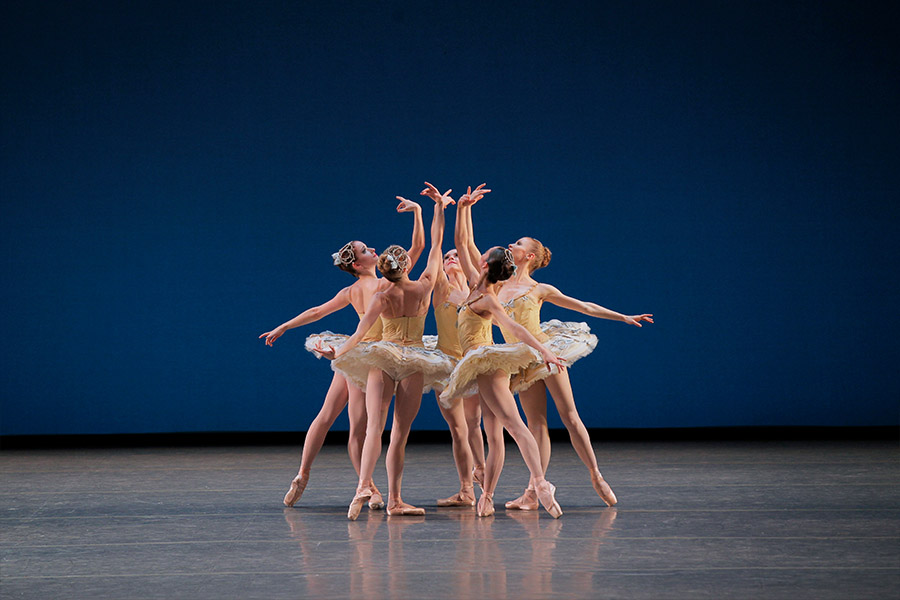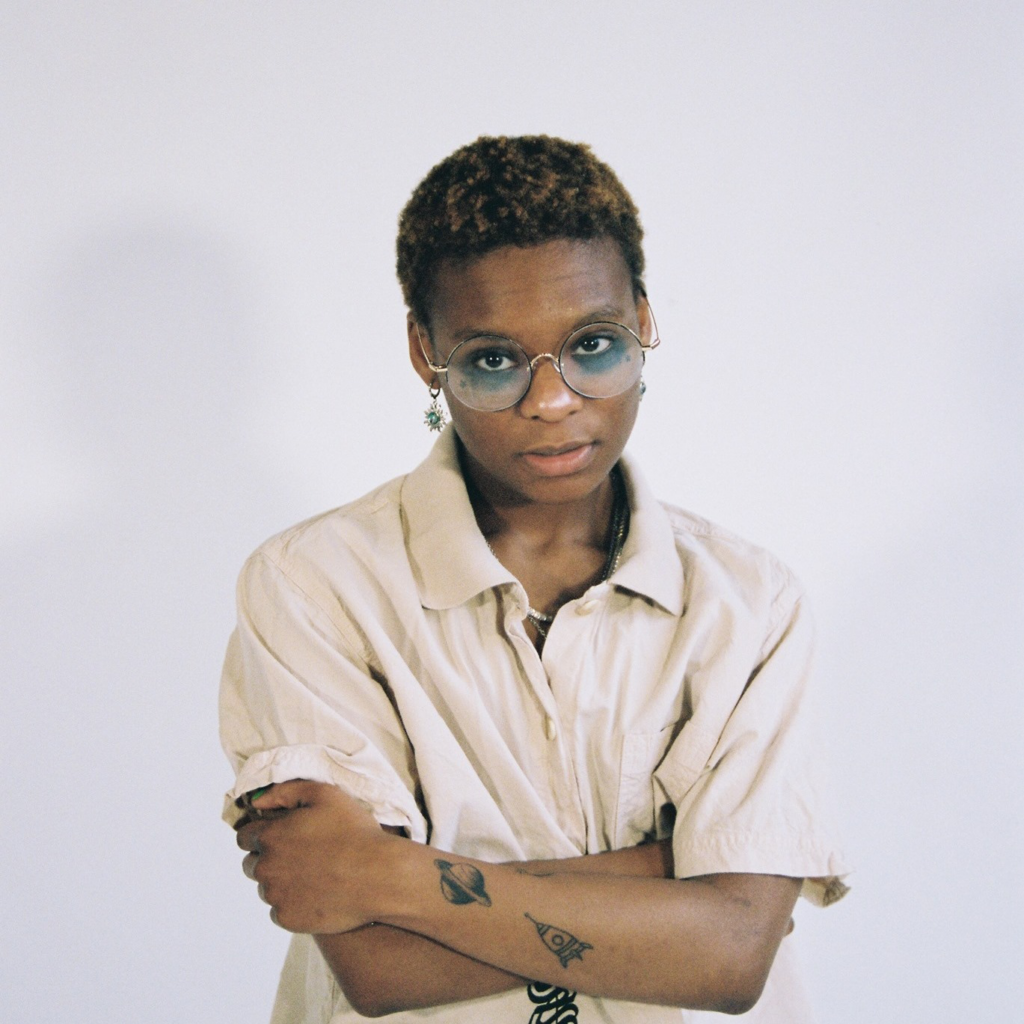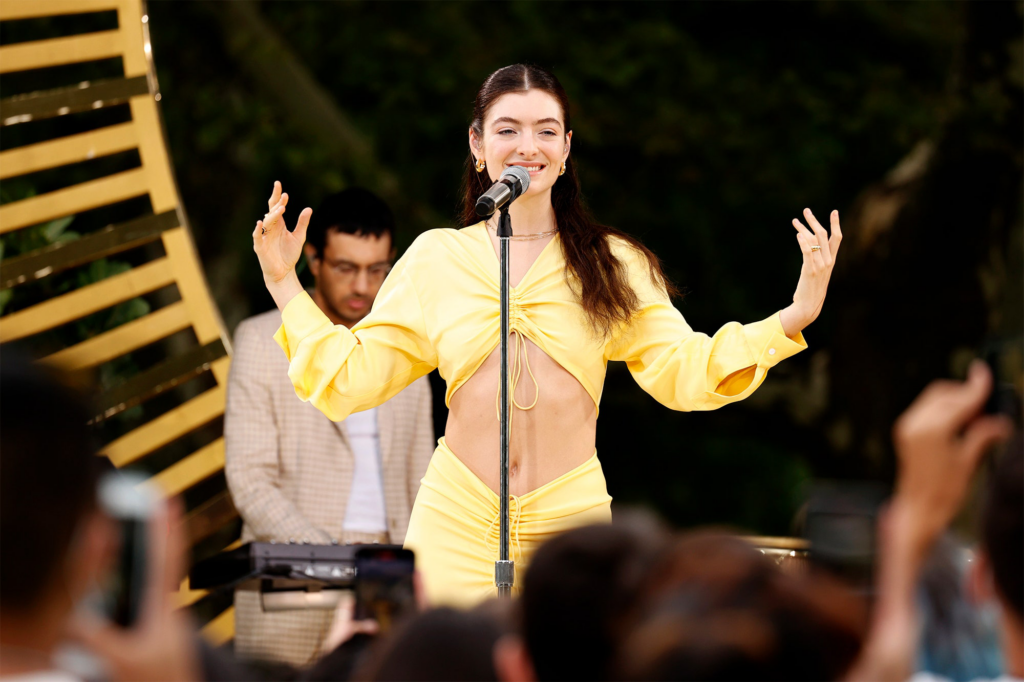
It seems unlikely that an art established on 17th century royal French etiquette and modern 20th century abstractions can progress into the 21st century. Yet, in “Works by Balanchine, Martins & Peck” at the Kennedy Center, the New York City Ballet moves that art form forward with an intellectually arranged and beautifully performed program featuring a hybrid of choreography from 50 years ago to present day.
The program begins with a longing gaze to ballet’s height in the 1890s with Mr. Balanchine’s “Divertimento No. 15.” Thirteen women in starched, pearl-white tutus commanded the attention of the audience with their quick, nimble footwork, while three tunic-clad men provided a traditionally masculine danceur role with grand allegro leaps and tours. The piece is couched in a royal elegance reminiscent of the court of King Louis XIII or Peter the Great, as the dancers gaze above their peers with cold, polite etiquette.
Hints of the 20th century’s cultural revolution and choreographer and co-founder of the New York City Ballet George Balanchine’s contemporary style linger with a quick flick of the wrists, a sassy hip-pop or a bent knee en pointe. Balanchine’s famous love of geometric patterns is central to the work, which is dominated by formations of circles, triangles and squares whose lines and corners weave through one another like a well-timed military march.
“Zakouski,” a pas de deux, or duet, by former-NYCB Artistic Director Peter Martins, grabs the audience’s attention with a passionate tasting course of Russian classical music. Principal dancers Joaquin de Luz and Megan Fairchild embody the musical passion of the great Russian composers Igor Stravinsky, Sergei Prokofiev and Peter Tchaikovsky with their intimate movements, constantly circling one another in turns, jumps and lifts.
Though the solo variations by both principals excite with their quick yet purposeful movement, the time the duo spends onstage with each other is what makes the piece irresistible. The human components of the movement, like Fairchild’s soft bend into a gravity-defying dip, contrasts sharply with the cold etiquette of the previous “Divertimento” dance. Yet, the contrast reveals the breadth of movement and styles characteristic of contemporary ballet and its finest choreographers.
Perhaps the most anticipated portion of the evening’s repertoire is Resident Choreographer Justin Peck’s “Pulcinella Suite,” which recently made its world premiere in New York City. Gray silk curtains line the stage and brightly colored surrealist costumes instantly grab the audience’s attention, making this performance the most visually striking of the pieces.
The first movement of the piece is rather choreographically indistinct; it follows the usual Balanchine geometric patterns with grand allegro and pirouette choreography more typical of a ballet barre than a performance at the Kennedy Center.
Still, in later movements the allegretto thrill when soloist Indiana Woodward nimbly and feistily dances a petit allegro along center stage, moving so quickly in a sunshine-yellow tutu that she appears to be a human-sized bee. The tarantella performed by the feisty Anthony Huxley is engaging with his springy grand allegro leaps, flicked wrists and playful smile.
The pas de deux performed by Tiler Peck and Joseph Gordon is the most impressive portion of the piece with its coy and playful tone combined with double, triple and quadruple pirouettes and grand battement kicks that show both dancers’ performance and technical skills.
Using a lost score originally meant for the black swan’s pas de deux in “Swan Lake,” Balanchine’s “Tschaikovsky Pas de Deux” with Tiler Peck and Tyler Angle plays as a classical ode to the ideal of the ballerina: sweet and graceful, yet vigorous and agile.
Peck shines whether leaping sideways into Angle’s arms or completing a dozen fouette turns before effortlessly finishing by flipping her torso around and gazing longingly towards her partner. While Angle successfully performs his bland variation’s leaps and turns with skill and gravitas, his place in the piece is relegated to mere support of Peck’s role.
“Symphony in Three Movements” proves the opposite of “Tschaikovsky” with its modern, angular movements and fantastical abstractions. With the geometric formations of “Divertimento No. 15” but without its classical air, the thoroughly contemporary piece stresses square arms and turned-in positions.
Balanchine’s fellow NYCB Artistic Director Jerome Robbins’ influence can be seen in the piece as well, with its West Side Story-esque dance off and 1950s jazz renverses.
“Symphony” proves the most contemporary piece of the evening and provides a satisfying bookend both for the performance and the future of contemporary ballet.
While newer pieces like “Zakouski” and “Pulcinella” lack the revolutionary abstractions of “Symphony” or the dedicated reverence to the classical past of “Divertimiento,” they show the future of great contemporary ballet lies both in a nod to the past with an experimental wink toward the future.




















